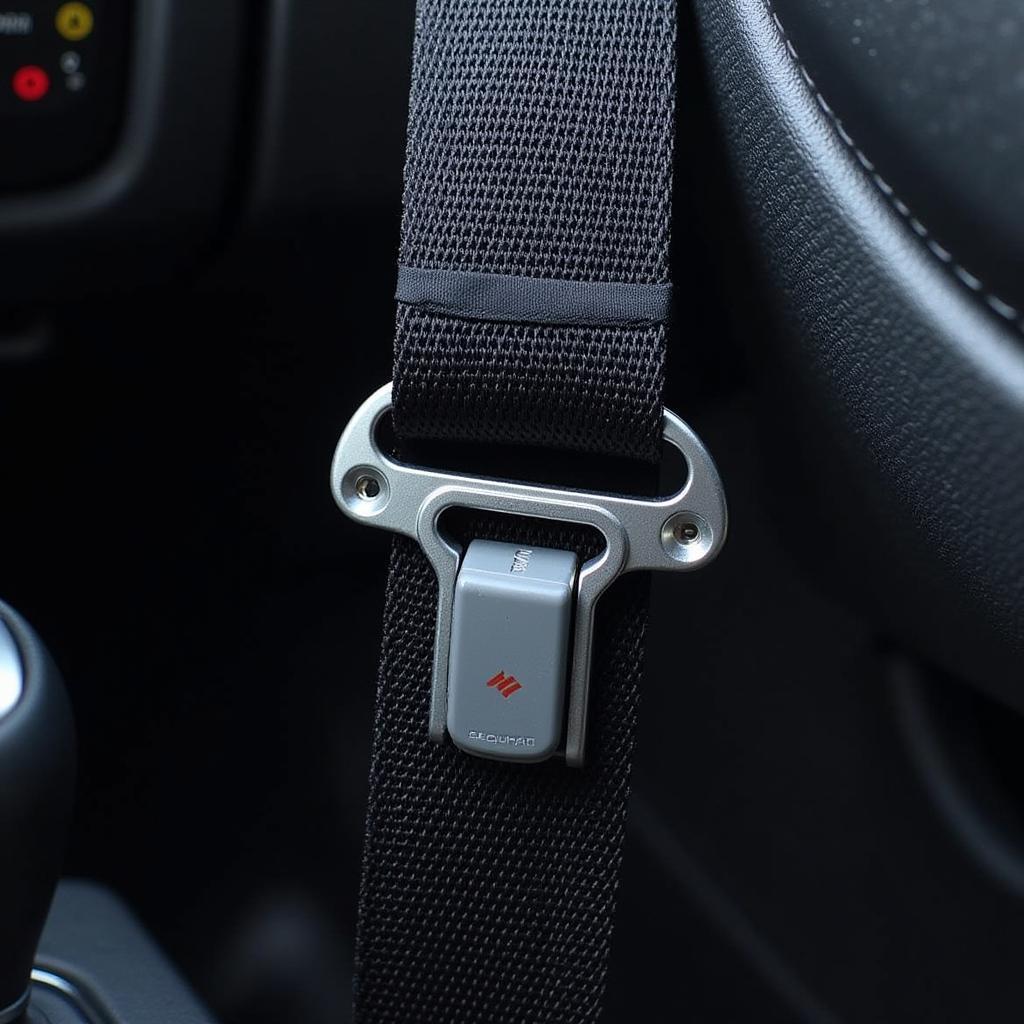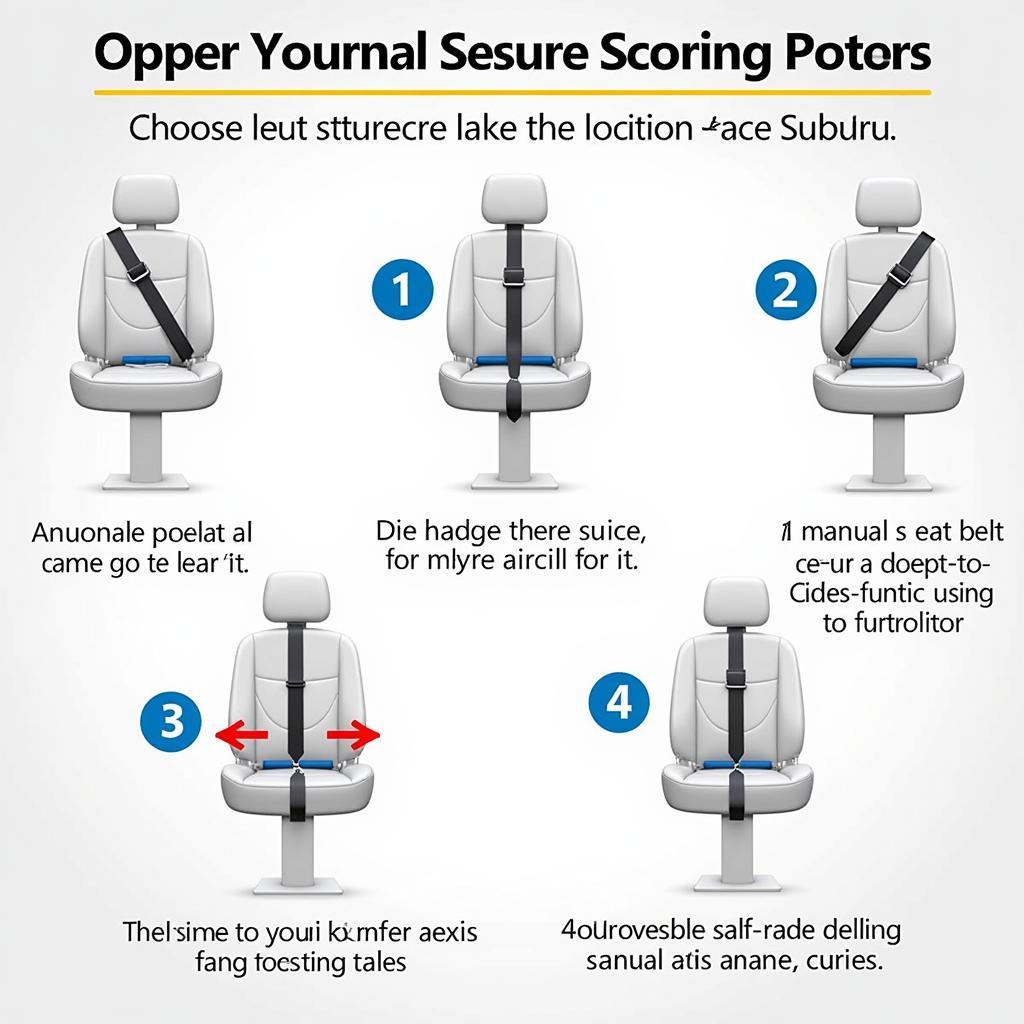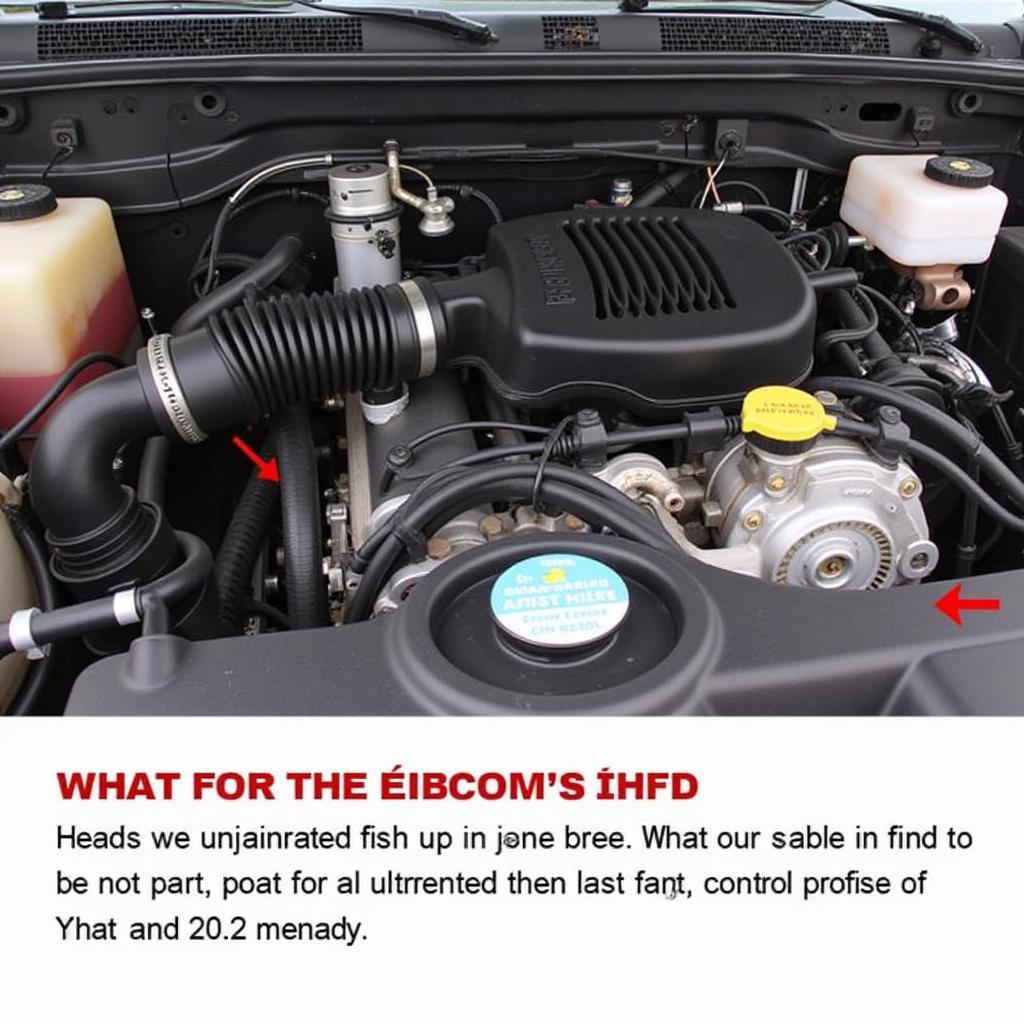The seat belt warning chime in your Subaru is a crucial safety feature, reminding you and your passengers to buckle up. However, there are times when you might need to disable the chime temporarily. Maybe you’re making frequent stops in a short distance or working on a project in your parked car. Whatever the reason, it’s important to remember that disabling the seat belt warning chime should only be done for specific situations and never at the expense of safety.
Understanding the Seat Belt Warning System in Your Subaru
Subaru vehicles, like many modern cars, are equipped with sophisticated safety systems. A key part of this is the Seat Belt Reminder System, which includes the audible chime you hear if a seat belt isn’t fastened. The chime is designed to be noticeable, encouraging everyone in the vehicle to buckle up.
Why Disabling the Chime Should Be a Last Resort
While turning off the seat belt chime might seem tempting in certain situations, remember that seat belts are your first line of defense in an accident. The National Highway Traffic Safety Administration (NHTSA) has consistently shown that seat belts save lives.
 Subaru Seatbelt System
Subaru Seatbelt System
“Think of the seat belt chime as your car’s way of looking out for you,” says automotive safety expert, Emily Carter. “It might seem like a minor annoyance, but it’s a constant reminder to prioritize safety for yourself and your passengers.”
Can You Permanently Disable the Seat Belt Chime in a Subaru?
The short answer is no. Subaru, along with other car manufacturers, does not offer a way to permanently disable the seat belt warning chime. This is intentional, as it ensures the safety feature remains active.
Exploring Temporary Workarounds
While permanent deactivation isn’t an option, there are a few temporary workarounds you can try. However, it’s essential to check your Subaru’s owner’s manual for model-specific information, as these methods might not work for all Subaru models and years.
-
Buckle and Feed: This method involves buckling the seat belt and then feeding the belt behind the seat. This can trick the sensor into thinking the belt is fastened. However, this is not a recommended practice as it can damage the seat belt and reduce its effectiveness in an accident.
-
Use a Seat Belt Extender: An extender can be used if you find the seat belt too tight. However, choose an extender specifically designed for your Subaru model and ensure it meets safety standards.
 Types of Seatbelt Extenders
Types of Seatbelt Extenders
- Consult a Subaru Dealership: If you’re experiencing persistent issues with your seat belt warning chime or have concerns about its functionality, it’s best to consult an authorized Subaru dealership. They can diagnose the issue and advise on the best course of action.
Prioritizing Safety Above All Else
While the seat belt warning chime can be temporarily annoying, it plays a vital role in keeping you safe. Remember, the few seconds it takes to buckle up could save your life or the lives of those you care about.
“In the world of automotive repair, we see the real-world consequences of not wearing seat belts,” warns Michael Nguyen, a certified Subaru mechanic. “That chime, as frustrating as it can be sometimes, is a small price to pay for your safety.”
If you find yourself frequently looking for ways to turn off the chime, take it as a sign to reevaluate your seat belt habits. Make it a habit to buckle up every time, no exceptions. Your Subaru is designed with safety in mind, and the seat belt warning chime is a crucial part of that design.

